Photo gallery of UNESCO World Heritage Sites. A World Heritage Site is a landmark or area with legal protection by an international convention administered by the United Nations Educational, Scientific and Cultural Organization (UNESCO). World Heritage Sites are designated by UNESCO for having cultural, historical, scientific or other form of significance.
The sites are judged to contain “cultural and natural heritage around the world considered to be of outstanding value to humanity”. To be selected, a World Heritage Site must be a somehow unique landmark which is geographically and historically identifiable and has special cultural or physical significance.
For example, World Heritage Sites might be ancient ruins or historical structures, buildings, cities, deserts, forests, islands, lakes, monuments, mountains, or wilderness areas. A World Heritage Site may signify a remarkable accomplishment of humanity, and serve as evidence of our intellectual history on the planet, or it might be a place of great natural beauty.
As of June 2020, a total of 1,121 World Heritage Sites (869 cultural, 213 natural, and 39 mixed properties) exist across 167 countries; the three countries with most sites are China, Italy (both 55) and Spain (48).
- 1987 Archaeological Site of Delphi
- 1988 Medieval City of Rhodes
- 1988 Meteora
- 1990 Delos
- 1990 Monasteries of Daphni, Hosios Loukas and Nea Moni of Chios
- 1999 Historic Centre with the Monastery of Saint-John the Theologian and the Cave of the Apocalypse on the Island of Pátmos
- 1983 Ajanta Caves
- 1983 Ellora Caves
- 1983 Agra Fort
- 1983 Taj Mahal
- 1986 Fatehpur Sikri
- 1993 Humayun’s Tomb, Delhi
- 1993 Qutab Minar and associated monuments in Delhi
- 2010 Jantar Mantar
- 2013 Hill Forts of Rajasthan (Chittaurgarh, Kumbhalgarh, Sawai Madhopur, Jhalawar, Jaipur, Jaisalmer)
- 1982 Historic Centre of Florence
- 1987 Venice and its Lagoon
- 1980, 1990 Historic Centre of Rome, the properties of the Holy See in that city enjoying extraterritorial rights, and San Paolo Fuori le Mura
- 1990 Historic Centre of San Gimignano
- 1993 Sassi of Matera
- 1995 Historic Center of Siena
- 1995 Historic Center of Naples
- 1995 Ferrara
- 1996 Trulli of Alberobello
- 1996 Early Christian Monuments and Mosaics of Ravenna
- 1997 18th century Royal Palace at Caserta with the Park, the Aqueduct of Vanvitelli, and the San Leucio Complex
- 1997 Botanical Garden (Orto Botanico) in Padua
- 1997 Cathedral, Torre Civica and Piazza Grande in Modena
- 1997 Portovenere, Cinque Terre, and the Islands (Palmaria, Tino and Tinetto)
- 1997 Costiera Amalfitana
- 1999 Villa Adriana
- 2000 Assisi
- 2000 City of Verona
- 2001 Villa d’Este in Tivoli
- 2004 Etruscan Necropolises (Cerveteri, Norchia, Sutri, Tarquinia…)
- 2004 Val d’Orcia
- 1995 Luang Prabang
- 2001 Vat Phou and associated Ancient Settlements within the Champasak Cultural Landscape
- 1997 Mill Network at Kinderdijk-Elshout
- 2010 17th century canal ring area of Amsterdam inside the Singelgracht
- 1983 City of Cuzco
- 1983 Historic Sanctuary of Machu Picchu
- 1994 Lines and Geoglypths of Nasca and Pamapas de Jumana
- 2000 Historical Centre of the City of Arequipa
- 1993 Complex of Huế Monuments
- 1994 Hạ-Long Bay
- 1999 Hội An Ancient Town
- 2010 Central Sector of the Imperial Citadel of Thăng Long - Hà Nội
.map.png)
.hero.landscape.jpg)
.location.map.png)
-Cave-26.hero.jpg?w=320)

.hero.jpg?w=320)

.hero.jpg?w=320)
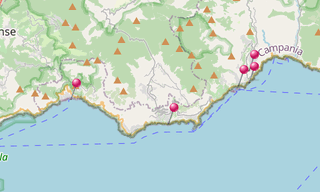
.hero.jpg?w=320)

.hero.jpg?w=320)
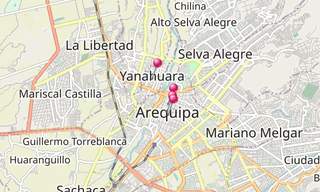
.hero.jpg?w=320)

-Rozenhoedkaai.hero.jpg?w=320)

.hero.jpg?w=320)

.hero.jpg?w=320)

.hero.jpg?w=320)

.hero.jpg?w=320)
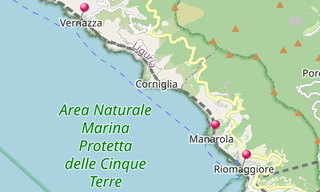
.hero.jpg?w=320)

.hero.jpg?w=320)
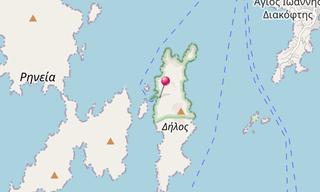
-Tholos-at-Sanctuary-of-Athena-Pronaia.hero.jpg?w=320)

-Cave-16-(Kailasa-Temple).hero.jpg?w=320)

.hero.jpg?w=320)
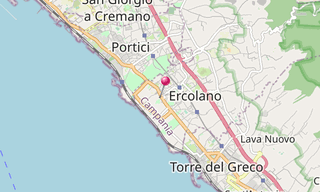
-Diwan-i-Khas.hero.jpg?w=320)

.hero.jpg?w=320)

-Cattedrale-di-Santa-Maria-del-Fiore.hero.jpg?w=320)

.hero.jpg?w=320)

-Tran-Quoc.hero.jpg?w=320)

-Market.hero.jpg?w=320)

.hero.jpg?w=320)
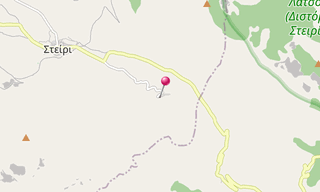
-Imperial-City-Gate-to-Hi%E1%BB%83n-L%C3%A2m-Pavilion.hero.jpg?w=320)

.hero.jpg?w=320)

-Hawa-Mahal-(Palace-of-Winds).hero.jpg?w=320)

-Jaisalmer-Fort.hero.jpg?w=320)

.hero.jpg?w=320)
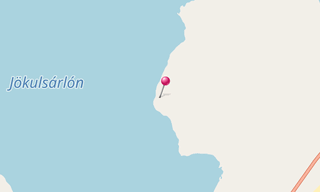
-Bhaktapur.hero.jpg?w=320)

-Everest-(8848m)-Nuptse-(7861m).hero.jpg?w=320)
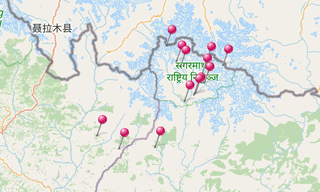
-Changtse-(7543m).hero.jpg?w=320)
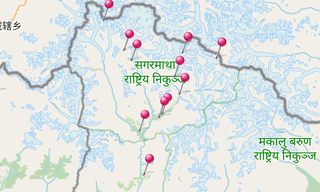
-Windmills.hero.jpg?w=320)

-Lhassa-Potala.hero.jpg?w=320)

.hero.jpg?w=320)

.hero.jpg?w=320)
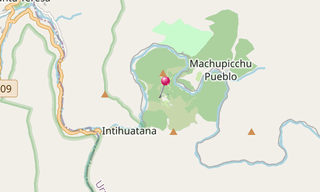
.hero.jpg?w=320)

.hero.jpg?w=320)
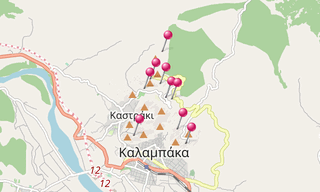
-Duomo.hero.jpg?w=320)

-Saint-Basil%E2%80%99s-Cathedral.hero.jpg?w=320)

.hero.jpg?w=320)
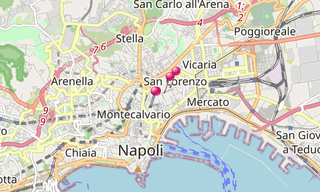
.hero.jpg?w=320)
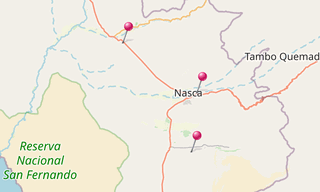
.hero.jpg?w=320)
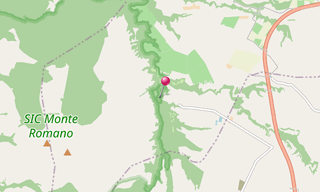
-Palazzo-della-Ragione.hero.jpg?w=320)

-Chora.hero.jpg?w=320)
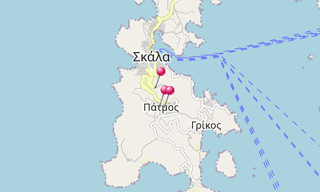
-Al-Deir.hero.jpg?w=320)
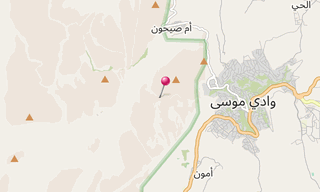
.hero.jpg?w=320)
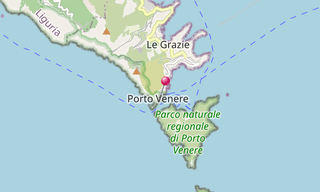
.hero.jpg?w=320)

-San-Vitale.hero.jpg?w=320)

.hero.jpg?w=320)

.hero.jpg?w=320)

-Mandraki-Harbour.hero.jpg?w=320)
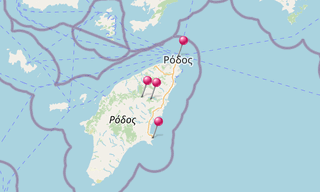
.hero.jpg?w=320)
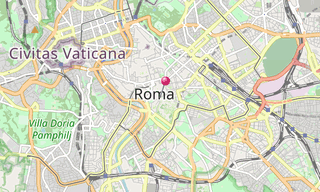
.hero.jpg?w=320)

.hero.jpg?w=320)
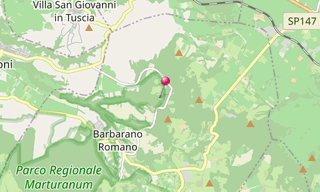
-Sanaa.hero.jpg?w=320)

-Shibam.hero.jpg?w=320)
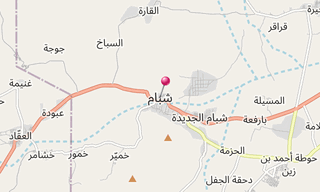
.hero.jpg?w=320)

.hero.jpg?w=320)
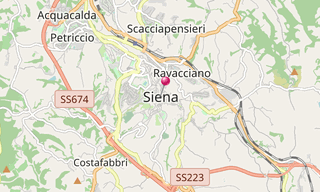
-Wat-Luang.hero.jpg?w=320)

.hero.jpg?w=320)

.hero.jpg?w=320)

.hero.jpg?w=320)
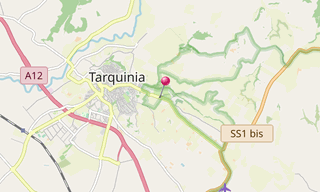
.hero.jpg?w=320)

.hero.jpg?w=320)
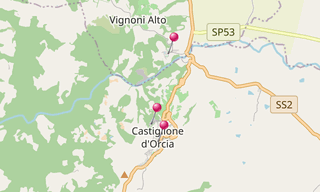
.hero.jpg?w=320)
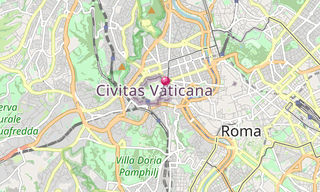
-Vatnaj%C3%B6kull.hero.jpg?w=320)

.hero.jpg?w=320)

-Basilica-di-San-Zeno.hero.jpg?w=320)

.hero.jpg?w=320)
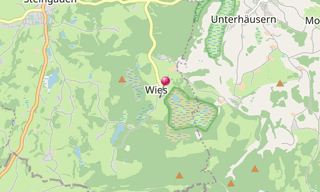
-Street-art/Schlachthof-(Munich)-(278)-Street-Art.hero.jpg?w=320)
